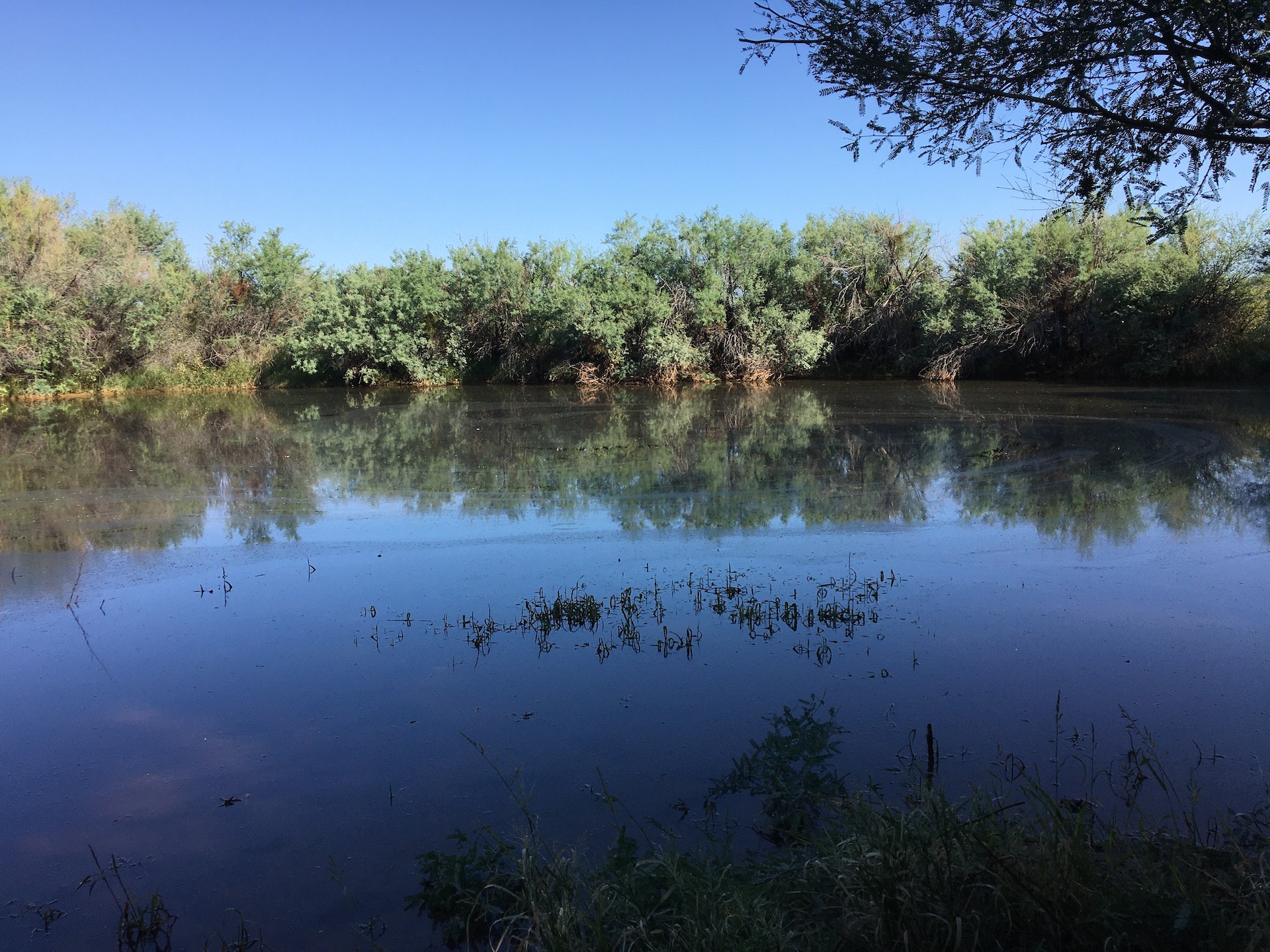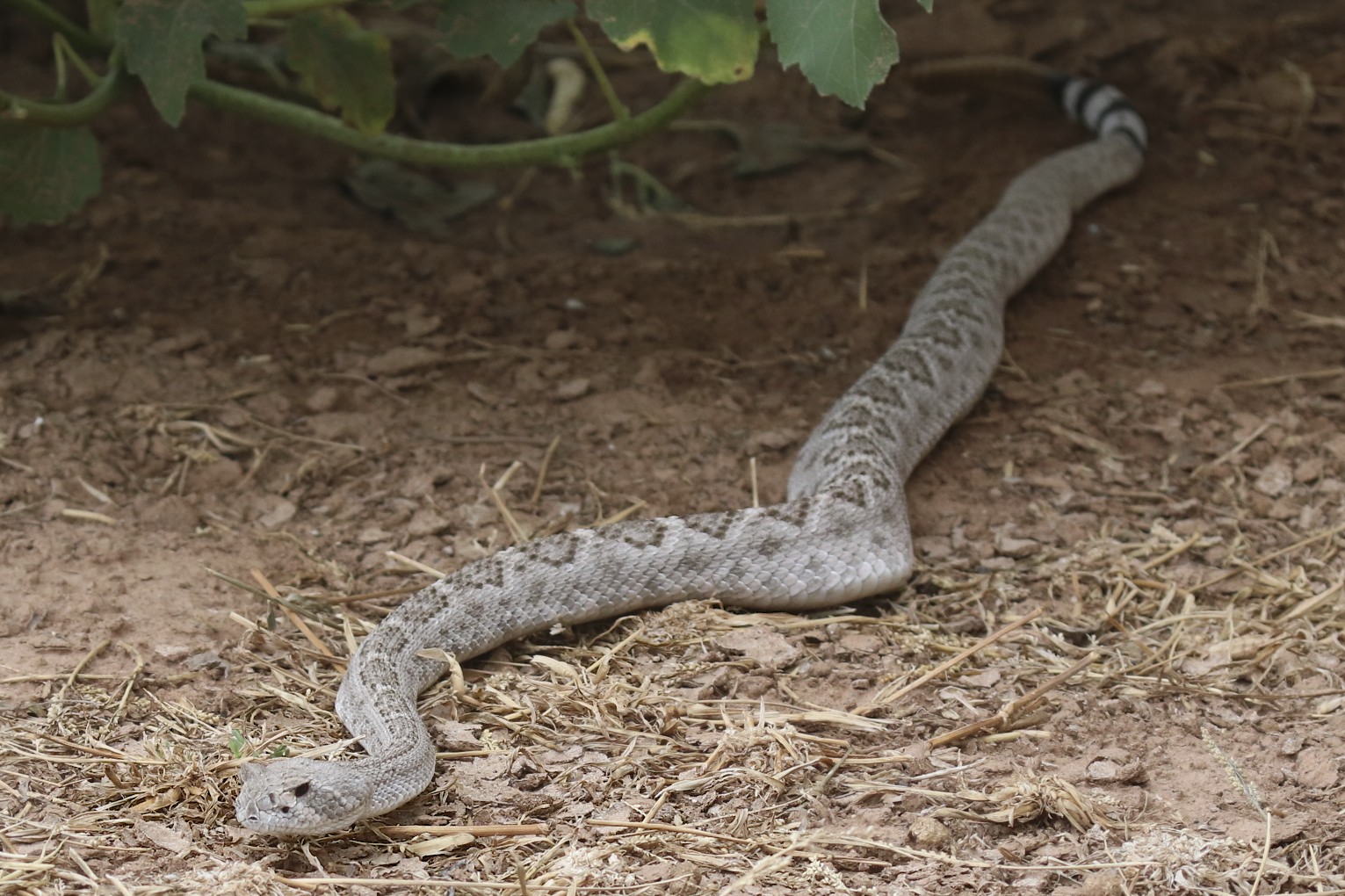Locations >
Vekol Wash
Vekol Wash is part of the Sonoran Desert National Monument located south of I-8 acessed via Vekol road (Exit 144) running both N and S from I-8. Most of the wash goes south and is paralleled by a dirt road for about 14 miles before entering Pima County and eventually going into the Tohono O’odham Indian Reservation.

While this area is a known corridor for drug smuggling and movement of illegals, after over 100 visits, I have observed none of these activities. Still, one should be watchful as you travel through this area. Probably the greater danger here is during the hunting seasons where one has to make yourself known to hunters shooting in your area. Numerous dirt roads branch off Vekol Road. I have only explored two of these: one going to Table Top Wilderness in Pinal County and a second road running across the Maricopa and Pinal County line going east. As you drive south on Vekol road from I-8 you will see Antelope Peak to the east (the first 2-3 miles) and then the Table Tops (Table Top and Little Table Top) as you progress further south. Between the two Table Tops is Black Mountain. To the west you will see the White Hills and still further west, the Sand Tanks.
The habitat is Upper Sonoran desert interrupted by desert washes, the main wash is Vekol. The desert area is mostly creosote flat while the wash is dominated by Mesquite, Palo Verde, Acacia, and Ironwood trees. If one goes far enough south, about 13.1 miles, you get into a Tobosa Grass semidersert grassland that seems to be a shrinking habitat as a result of the decades-long drought we are experiencing. Multiple tree species can be observed: VELVET MESQUITE (Prosopis velutina), WHITE-THORN (Acacia constricta), CATCLAW (Acacia greggii), IRONWOOD (Olneya tesota), BLUE PALO VERDE (Parkinsonia florida), and a single CRUCIFIXION THORN (Canotia holacantha) near the cow tank. Dominant shrubs include: Creosote (Larrea tridentata), Brittlebush (Encelia farinosa), Bursage (Ambrosia deltoidea), DESERT HUMMINGBIRD-BUSH (Justicia californica), and Desert Globe Mallow (Sphaeralcea ambigua). Ocotillos (Fouquieria splendens) are also abundant near washes and higher elevations. Cacti are diverse starting with the obvious Saguaro (Carnegiea gigantea), medium-sized BUCKHORN CHOLLA (Cylindropuntia acanthocarpa), TEDDYBEAR CHOLLA (Cylindropuntia bigelovii), CANE CHOLLA (Cylindropuntia spinosior), and BARREL CACTI (Ferocactus emoryi and Ferocactus wislizeni) to the smallest FISHHOOK CACTUS (Mammillaria grahamii) and STRAWBERRY HEDGEHOG CACTUS (Echinocereus engelmannii). Many species of grasses are present: SIX-WEEKS THREE-AWN (Aristida adscensionis), BERMUDA GRASS (Cynodon dactylon), STINKING LOVEGRASS (Eragrostis cilianensis), FLUFF-GRASS (Erioneuron pulchellum), SIX WEEKS FESCUE (Festuca octoflora), RED SPRANGLETOP (Leptochloa panicea), LITTLESEED MUHLY (Muhlenbergia microsperma), WHITE-HAIRED BRISTLEGRASS (Setaria leucopila), and BIGELOW BLUEGRASS (Poa bigelovii). The are dozens of wildflower annuals and perrenials that spring up or become prominent after rains. Several species stand out: the YELLOW BLADDERPOD (Peritoma arborea), TANSY MUSTARD (Descurainia pinnata), PAPERFLOWER (Psilostrophe cooperi), JIMSON WEED (Datura stramonium), CLIMBING MILKWEED (Cynanchum laeve) and IVY-LEAFED MORNING GLORY (Ipomoea hederacea). These plants are only 34 species of about 200 species in Vekol valley.
I visited Vekol Wash back in the 1980's during a frog survey. My recent visits are a result of my interest in birding. A talk given by Chris McCreedy during the 2018 Audubon meeting in Ajo incentivized me to explore unbirded sites where data is completely absent or sparse in the Cornell web site called eBird. Two sites are listed in the Cornell website eBird: Vekol South Well and Vekol Maricopa. Before I started my bird survey in July 2019, bar graphs for both Vekol hotspots showed only data for July through September with virtually nothing the rest of the year. It became my personal goal to fill in those bar graphs and give a much more complete view of the birds in the Vekol valley. I have successfully filled in the bar graph for Vekol South Well (https://ebird.org/barchart?r=L7843372&yr=all&m= AND personal https://ebird.org/barchart?byr=1900&eyr=2022&bmo=1&emo=12&r=L7843372&personal=true), but because the more southernly Vekol Maricopa hotspot is harder to access without a 4-wheel drive, the bar graphs are still far from complete (https://ebird.org/barchart?byr=1900&eyr=2021&bmo=1&emo=12&r=L720448&personal=true) although are much better now after my 25 visits. I also gained access to a 2001 survey (1, referred to throughout my article as the Dryland Institute Study or DIS) of Vekol Valley that lists observed and projected bird, reptile, mammal, and plant species for this area. I now have enough data to make a comparison to the bird species listed in that survey. A second survey (2) done over one day in February 2008 was executed at the far south end of Vekol Maricopa.
Table 1 Summary of known data collected from the Vekol Valley area. Three studies are compared: The Drylands Institute survey in 2001, the Tomoff Vekol Valley survey in 2008, and eBird data.




Vekol, South Well, is about 8.1 miles from I-8. The turn off from Vekol Road to road #46 with an old water tank marking the cow tank (called levees in the 2001 and berms in the 2008 survey). The cow tank is surounded by mostly Mesquites and Vekol Wash runs about 50 m to the east. Surrounding the cow tank area is lower Sonoran that transitions in Arizona Upland as one goes east. This cow tank goes from completely, dusty dry for months, where few bird species utilize it, to completely full after heavy monsoon rains. When any amount of water is present, you will find a nice diversity of bird species. As with most places in Arizona, the best diversity is always spring and fall. When the cow tank has water during these times, birding is a nice bonanza of species.
The Vekol Maricopa site starts about 11.1 miles South of I-8 and involves at least 5 levees over the next 2 miles. I have only explored 3 of the 5. Once you cross the cattle grate going south (about 11.0 mi), the first levee is another 0.2 miles south and to the east. Just before a cow grate leading to the first levee, is a dirt road that goes east to Table Top Wilderness in Pinal County. I have only birded there once, but the site looks promising. My first visits to Vekol Maricopa involved some bushwacking to reach this first levee. There are cattle trails that lead into the first 3 levees, but there is still some minimal bushwacking that must be done. I have been to this more southernly and more difficult to reach hotspot only 25 times. Many of the same species are at this hotspot, but Purple Martins, Long-earred Owls, Crested Caracaras, and Harris Hawks are a little more dependable assuming some semblance of normal rain and right time of the year. My last 3 visits to this sitet after a our very long drought in November of 2020. The area was bone dry. I was only able to average 6 species during 3 visits. I have not been back since.
During my first venture to Vekol, Dave Pearson of Arizona State University, kindly agreed to go with me. Given the reputation of this smuggling corridor, I was glad for the company and the tiny bit of extra security another person provided. This first visit hooked me on Vekol. Rains had already pummeled the washes and the area was alive with birds. Cassin's Sparrows, a rare species in Maricopa County, were everywhere singing and giving their aerial displays. During most of my early visits, I also had help from Darrel Wilder, Jeff Ritz and Steve Hosmer. Of those 4, Dave Pearson joined me most often and gave me great insight on bird species I might have missed when visiting alone.
As I made more visits to the Vekol South Well area, I settled into a routine that seemed most productive and made my hearing deficit less of an issue. Three areas were visited routinely: the wash at 5.7 mile, the cow tank (levee) at 8.1 mi, and a Mesquite stand at 9.0 miles south of I-8. Early on, I often explored the wash east of the cow tank, but any time the cow tank had water or was damp and had vegetation, my stretegy was to sit at the south end in the shade and wait. Even if one cannot hear or identify vocalizations well, the vast majority of birds will come in for a drink and wash their feathers.


(1) 2001. Richard S. Felger (Drylands Institute), Dale S. Turner (School of Renewable Natural Resources University of Arizona, Tucson, AZ 85721), Linda Leigh (Drylands Institute), Kathryn Mauz (Arid Lands Resource Sciences, Office of Arid Lands Studies University of Arizona), Carianne S. Funicelli (Drylands Institute), Robert X. Barry (56th Range Management Office Luke Air Force Base, AZ 85309), Robert Bezy (Herpetology, Natural History Museum of Los Angeles County Los Angeles, CA 90007), Erik Enderson (3234 East Patricia St, Tucson, AZ 85712), Jim Malusa (Renewable Natural Resources, Sonoran Desert Field Station University of Arizona), Tom Van Devender (Arizona-Sonora Desert Museum 2021 Kinney Road, Tucson, AZ 85743), Michael F. Wilson (Drylands Institute) Biological Resources of the Sonoran Desert National Monument, Arizona, Working Draft June 2001 Drylands Institute PMB 405, 2509 North Campbell, Tucson, AZ 85719
(2) Tomoff, Carl 2008. Arizona Field Ornithologists. Vekol Valley Survey Summary.
*There is only a minor difference between a levee and a cow tank. A cow tank is an area where dirt has been bull-dozed out and then piled high around the lowered area. A levee is piled dirt in such a way that redirects water from drainages so it accumulates. Both are used to give cattle access to drinking water. The 'cow tank' at South Well could be considered a levee since there are two small washes that enter it. but it seems to look a little more like a classic cow tank created by cattle farmers for their stock.
Recent articles about Vekol Wash

Herpetology of Vekol Wash
Published In:
Vekol Wash
11/12/2021 12:00:00 AM
The Drylands Institute Survey (DIS) did an extensive survey of the herps (reptiles and amphibians) of the Vekol Valley and surrounding mountain ranges. Since I have not focused of herps, the ones I list will be a small fraction of what they found. Additionally, without pitfall traps or night riding in key months, one cannot expect to find much diversity compared to the techniques used by DIS.

Birds of Vekol Wash
Published In:
Vekol Wash



